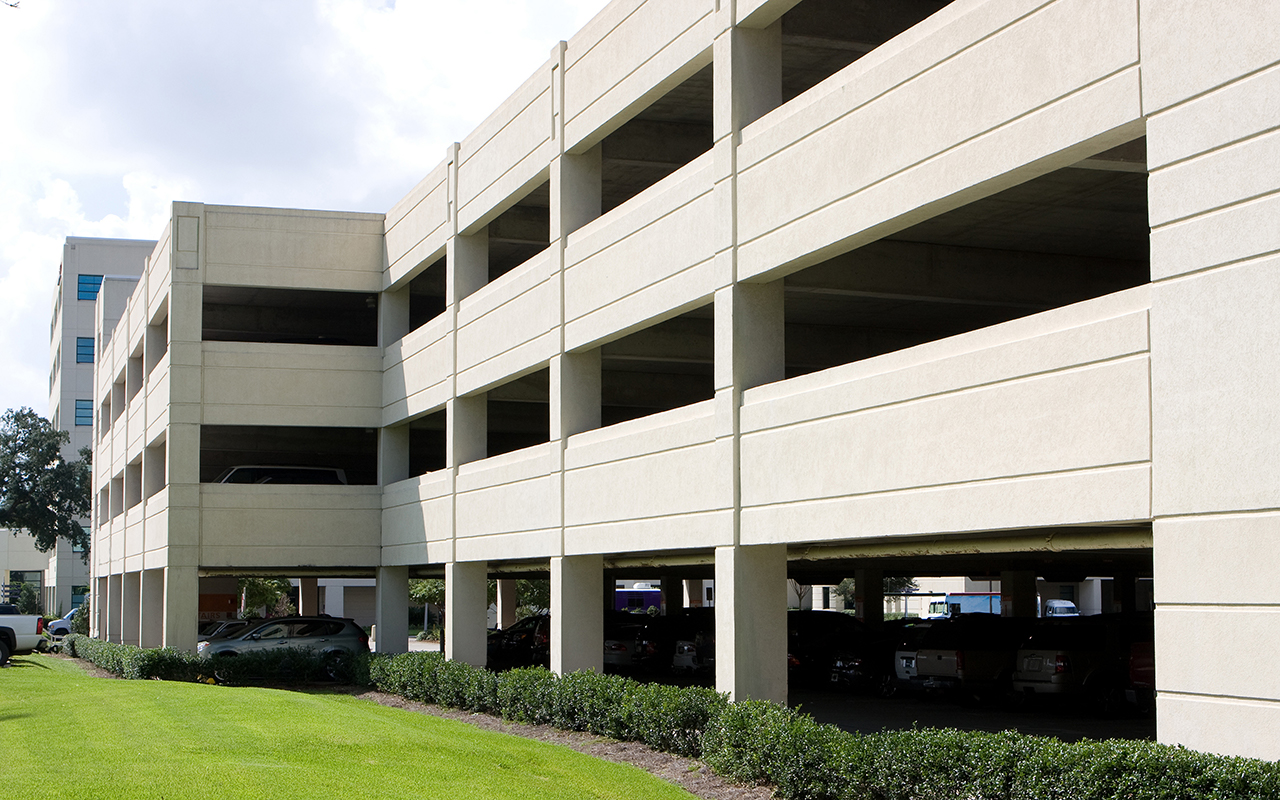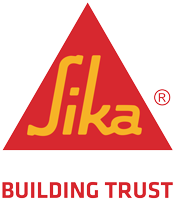Why Deferring Maintenance of your Parking Garage will Cost You
Today parking structure owners and managers face many challenges from shrinking budgets to limited staff. As a result, it’s easy to fall into a cycle of deferred maintenance but this strategy comes with a heavy price in the long run. Parking structures are heavily trafficked areas that are constantly exposed to potential sources of deterioration including weather conditions, moisture intrusion, carbonation, chloride ingress, and dynamic loads to name a few. Therefore, it’s important to stay on top of preventative maintenance measures to extend the life of the structure and keep maintenance costs in check.
In the early stage of a parking structure’s service life, the parking garage follows a normal deterioration path, however, after a 6 to 8 years, the rate of deterioration begins to accelerate. This is caused by repeated exposure to temperature changes and dynamic loads, combined with moisture and chlorides that promote corrosion of the embedded reinforcing steel, causing further deterioration of the concrete. If repairs are not implemented in a timely manner, the structure may continue to deteriorate at an increased rate, eventually causing the structure to lose integrity and become unsafe.
According to Scott L. Weiland PE SE, President of Innovative Engineering Inc., “maintaining your parking structure at the optimum time will provide a Return on Invest (ROI) much greater than any other maintenance performed on the parking structure or the building it serves. The cost of repairs is much lower if deficiencies are caught early and reset the hands of time, prolonging the life expectancy.” With more than 40 years of experience as a structural engineer, Weiland has seen it all. His firm has grown to become a trusted structural engineering resource for facility owners and managers.
Weiland adds “repair costs increase exponentially if deferred or ignored and shorten the overall life of the structure. We performed a condition assessment recently on a parking structure that had its maintenance deferred so long that it was determined that it would be more expensive to make the repairs than it was to demolish and rebuild the structure.”

Effective repair strategies address the existing deterioration and reduce the ingress of moisture and chlorides into the structure, reducing the rate of deterioration and the overall lifecycle costs of the structure. Repairs that are performed at the optimal time cost considerably less and are more effective compared to repairs that are delayed to a later date. The timing and extent of repairs may vary based on structure type, location, age, and traffic.
The impacts of deferred maintenance on a parking garage include:
- An increased probability of failure
- Decreased reliability and performance
- Increased frequency and cost of repairs
- Nuisance and discomfort for occupants
- Potential for collateral damage such as to vehicle finishes. equipment or damage to substrates
- Generally degrading of the aesthetic appearance and condition
- Mandatory repairs of deteriorated structural components including slabs, beams, columns, and other structural elements for continued safe use of the facility.
- Isolated repairs of currently damaged or deteriorated areas without implementing corrosion mitigation or protection to reduce rate of deterioration.
- Protective measures which includes isolated repairs and protective measures to enhance durability, such as waterproofing, joint sealants, and expansion joints.
Weiland recommends to “have a written maintenance plan unique to your structure and a corresponding maintenance budget. The National Parking Association has an excellent manual on creating a maintenance program that can be tailored to your structure. It’s also important to do a walk through with an engineer once a year in conjunction with a wash down. For those located in northern climates or close to saltwater, conduct an additional semi-annual inspection after the winter season.”
Creating a timely repair and maintenance plan incorporating these strategies will allow you to prolong the life of the parking structure, reduce costs and enhance occupant safety. To learn more about parking structure maintenance and repair solutions, contact one of our knowledgeable experts. Master Builders Solutions offers a comprehensive suite of solutions to meet your maintenance plans and budget.


